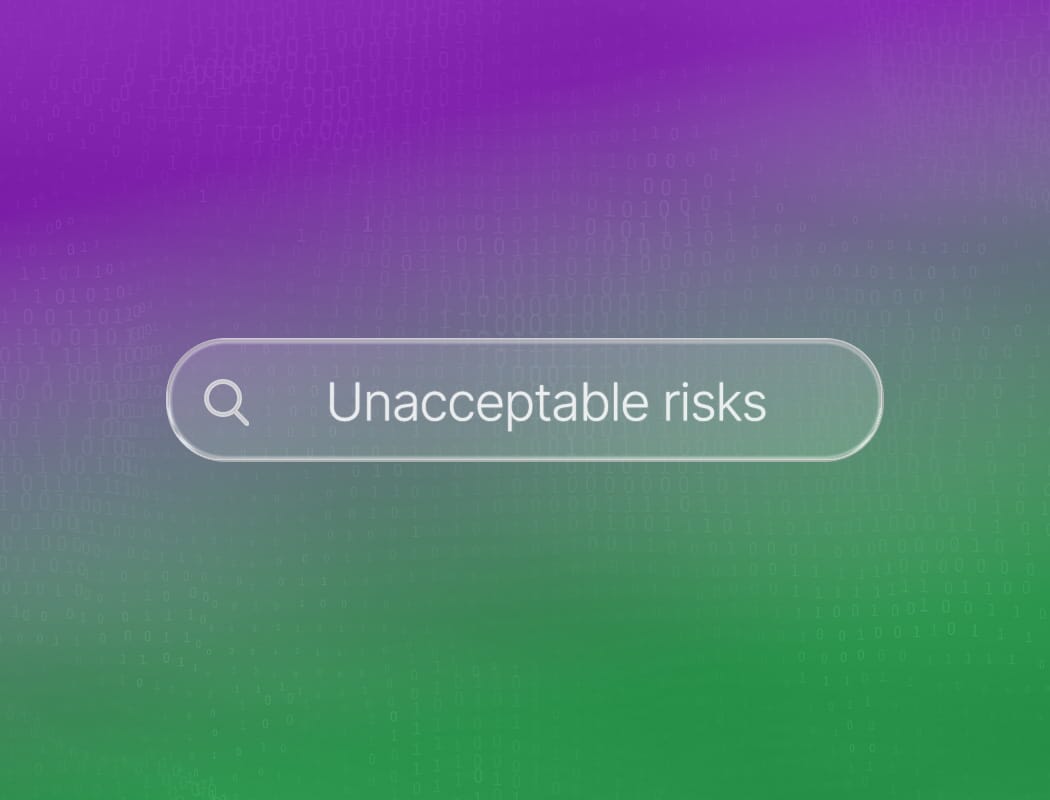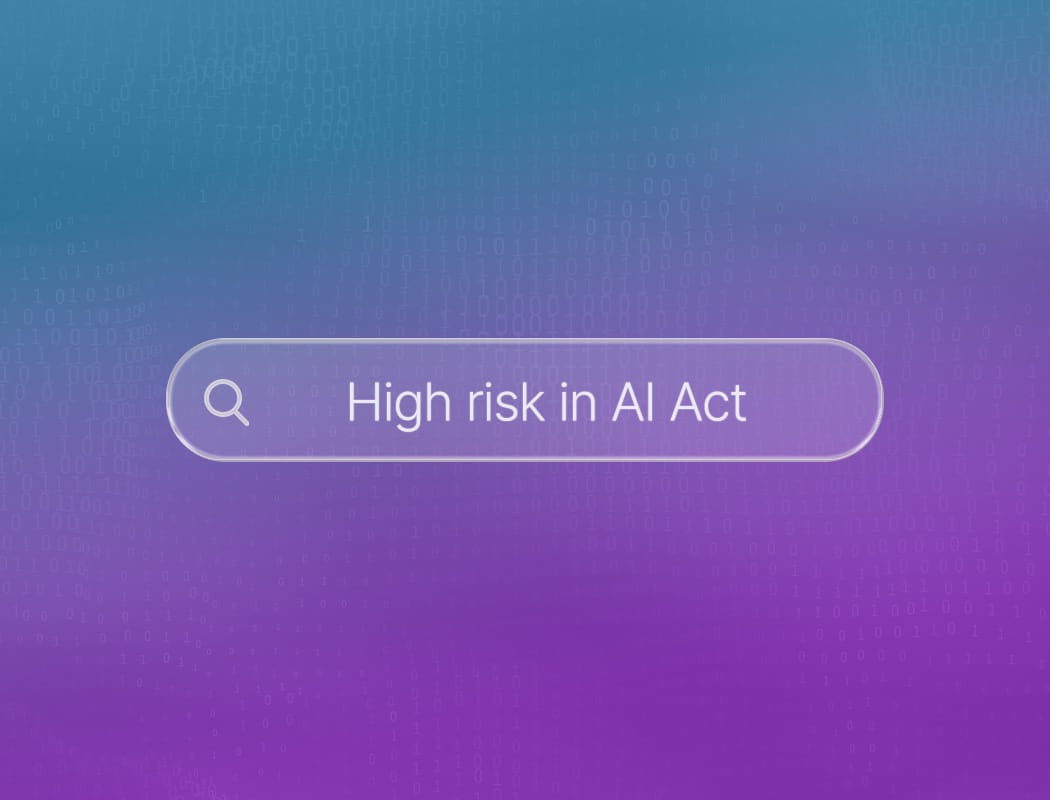Are AI detectors accurate?
AI detectors are everywhere now. They promise to spot whether a piece of writing was created by a human or an artificial intelligence. But how much can you really trust these tools?
The answer is not as simple as a yes or no. AI detector accuracy depends on many factors, from the type of content being checked to the sophistication of the detector itself.
Sometimes, these tools get it right. Other times, they miss the mark completely. If you’ve ever run your own work through one, you might have seen results that left you scratching your head.
That’s because AI detectors are still learning, just like the technology they’re trying to catch.
How do AI detectors actually work?
At their core, AI detectors scan text for patterns that look “machine made.” They analyze things like sentence structure, word choice, and even how often certain phrases appear.
Some detectors use huge databases of known AI-generated content to compare against what you submit. Others rely on algorithms that try to guess if something sounds too perfect or too repetitive.
But here’s the catch: humans can write in ways that seem robotic, and AI can sometimes mimic the quirks of real people. This makes AI detector accuracy a moving target.
Should you trust the results?
It’s tempting to take the verdict of an AI detector as the final word. But before you do, remember that these tools are best used as guides, not judges. False positives and negatives happen more often than you might think.
A creative writer might be flagged as a bot, while a clever AI might slip through undetected. If accuracy matters, always double-check with other methods.
In the end, AI detector accuracy is improving, but it’s far from flawless. Use them wisely, and never let them replace your own judgment.

How do AI detectors determine accuracy?
AI detectors are designed to spot whether a piece of content was written by a human or generated by artificial intelligence. But how do they actually figure out if their guess is right?
The answer lies in a mix of clever algorithms, lots of data, and a bit of old-fashioned trial and error. AI detector accuracy depends on how well these tools can analyze patterns, compare results, and learn from their mistakes.
Let’s take a closer look at the steps involved in determining how accurate an AI detector really is.
Training with real and AI-generated text
The first step in measuring AI detector accuracy is training the system. Developers feed the AI detector thousands of examples of both human-written and AI-generated content. This helps the tool learn what typical human writing looks like compared to text created by machines.
The more diverse and extensive the training data, the better the detector becomes at spotting subtle differences. For example, it might notice that AI-generated text often uses certain phrases or sentence structures that humans rarely use.
Over time, the detector gets better at picking up on these clues, which boosts its overall accuracy.
Testing against new samples
Once the AI detector has been trained, it needs to be tested. This involves giving the tool new pieces of text it hasn’t seen before and asking it to decide whether each one was written by a person or an AI.
The results are then checked against the actual source of the text. If the detector gets it right, that’s a point for accuracy. If it gets it wrong, developers take note and try to figure out why.
This process is repeated over and over, using a wide variety of samples, to make sure the detector isn’t just memorizing patterns but actually learning how to generalize.
Measuring false positives and false negatives
No AI detector is perfect, so it’s important to measure not just how often it gets things right, but also how often it makes mistakes. Two key types of errors are tracked: false positives and false negatives.
A false positive happens when the detector wrongly labels human writing as AI-generated. A false negative is the opposite—when it misses AI-generated text and thinks it’s human.
By keeping track of these mistakes, developers can fine-tune the detector to reduce errors. Balancing these two types of mistakes is tricky. This is because making the detector more sensitive might catch more AI text but also increase the number of false alarms.
Continuous learning and updates
The world of AI writing is always changing, so AI detectors need to keep up. Developers regularly update the training data with new examples, especially as AI-generated text becomes more sophisticated.
They also adjust the algorithms based on feedback from users and new research findings. This ongoing process of learning and improvement is essential for maintaining high AI detector accuracy.
Without regular updates, even the best detector can quickly become outdated and less reliable. By staying current, these tools can continue to provide accurate results, even as the technology they’re trying to detect keeps evolving.
What challenges do AI detectors face in achieving accuracy?
AI detectors are designed to spot content created by artificial intelligence, but their job is far from easy. These tools must sift through endless streams of text, images, or audio and decide what’s human and what’s not.
The challenge is that AI-generated content keeps getting better, sometimes even fooling people. As a result, detectors need to be sharp, fast, and always learning. But even with the latest technology, they still face hurdles that make perfect accuracy almost impossible.
Changing nature of ai-generated content
AI models are evolving at lightning speed. What fooled a detector yesterday might slip right past it today. Developers constantly update their models to sound more natural, use slang, or mimic specific writing styles.
This means AI detectors have to play catch-up, retraining themselves on new data all the time. If they don’t, they risk missing the mark entirely. The cat-and-mouse game between creators and detectors never really ends, making it tough for any tool to stay ahead for long.
Balancing false positives and negatives
Another big challenge is finding the right balance between false positives and false negatives. If a detector is too strict, it might flag genuine human work as AI-generated, causing frustration and confusion. If it’s too lenient, it lets AI content slip through unnoticed.
Striking this balance is tricky because language is messy and unpredictable. Even the best detectors can get tripped up by creative writing, jokes, or unusual phrasing, making perfect accuracy a moving target.





